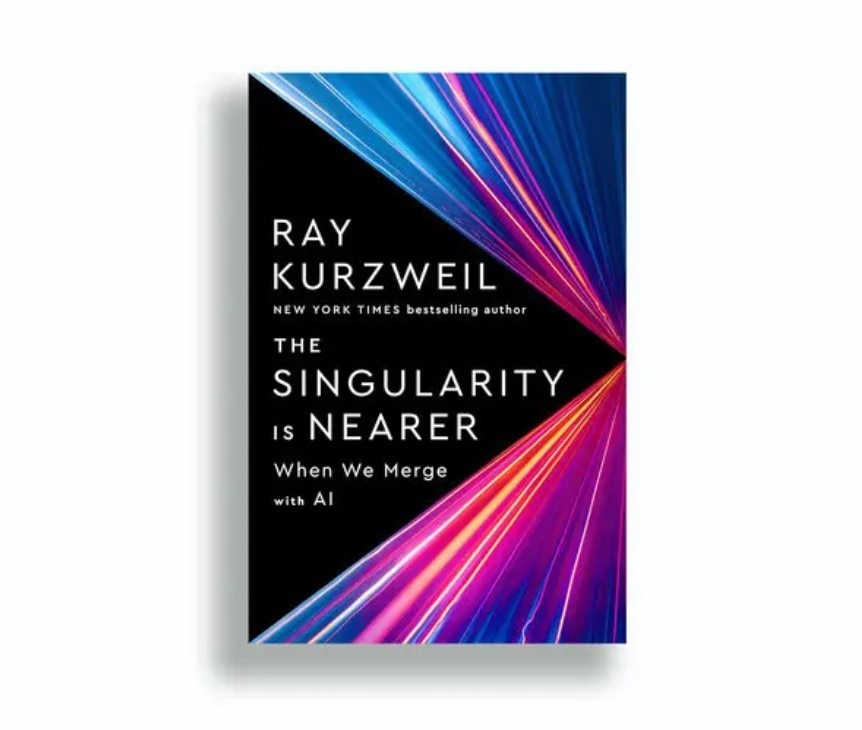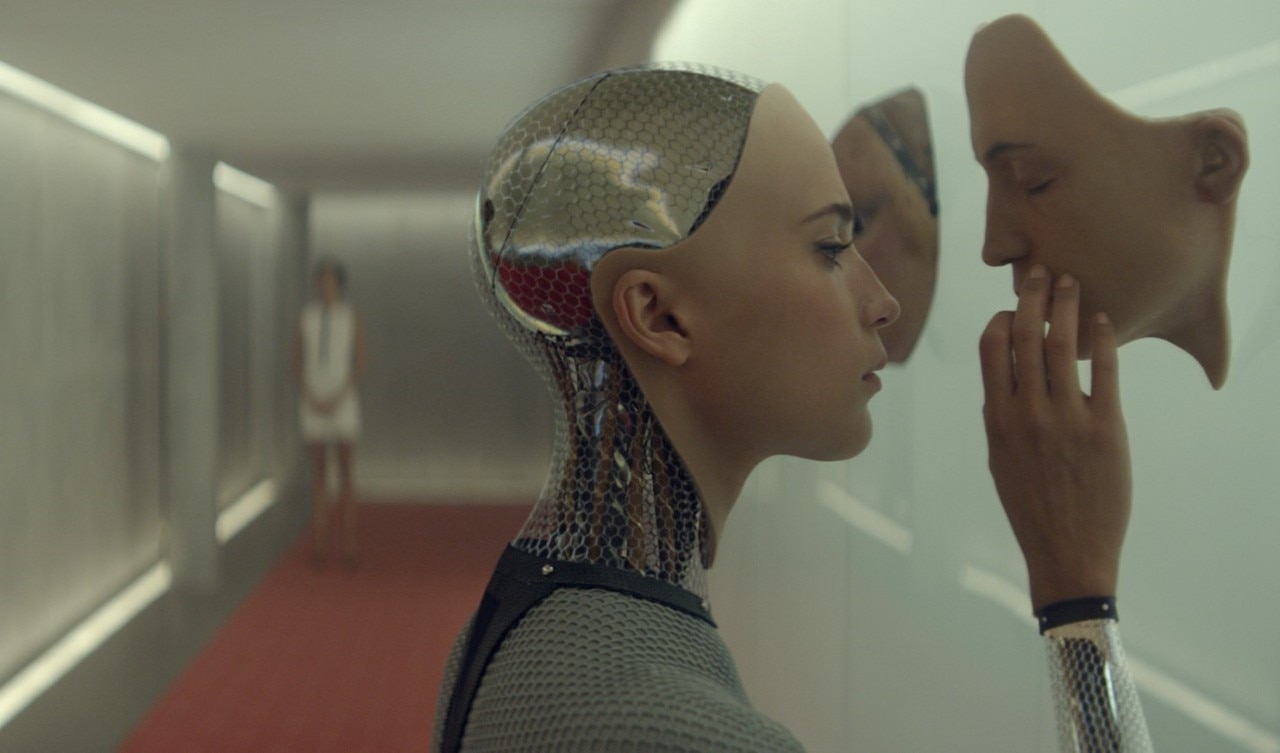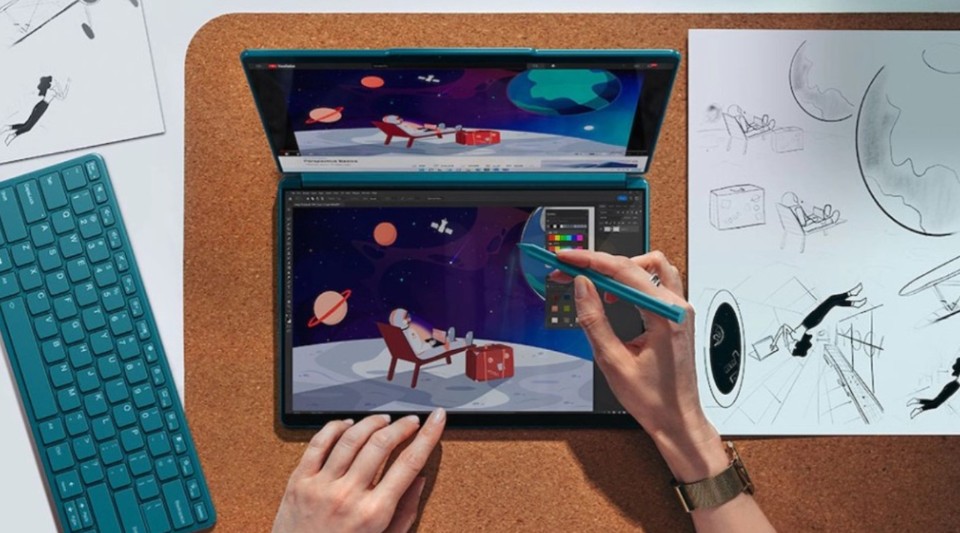The idea that machines can be intelligent isn’t new. It dates back at least to the ancient Greeks. The myth of Talos, a bronze giant created to defend the island of Crete, is a trivial yet intriguing reminder that the concept of robots existed long before we had a name for them. The term “robot” was introduced to Europe through a Czech utopian drama early last century. Meanwhile, the Antikythera device, named after the island where it was discovered, is no myth: it’s the earliest known analog computer, primarily used to predict astronomical events. Though it’s over two millennia old and lacks the processing power of an iPhone, it’s hard to argue it wasn’t a form of “artificial intelligence.”
Today, we define Artificial Intelligence as the “field of computer science focused on creating systems capable of performing tasks that typically require human intelligence.” These tasks include speech and image recognition, “natural language understanding, complex problem-solving, and machine learning.” This definition comes from ChatGPT, the tool we now commonly associate with AI, based on Large Language Models (LLMs). ChatGPT can engage in conversations and create content, occasionally making mistakes or inventing information, much like humans. By the end of 2022, it had made AI a mainstream concept, accessible to everyone for various purposes, paving the way for the proliferation of automated text, image, and video generation systems.

Can machines think? In 1950, mathematician Alan Turing revisited one of the oldest questions in Western thought – a question even Descartes, the father of modern philosophy and “cogito ergo sum,” had pondered for centuries. Turing introduced an objective criterion to determine when a machine can actually think. American thinker Ray Kurzweil discusses this in The Singularity Is Nearer, a recent follow-up to his groundbreaking book from 20 years ago. Back then, AI was a niche topic; now, it’s at the heart of public debate. Kurzweil maintains his stance: he has always predicted that by 2029, artificial intelligence will catch up with human intelligence, and by 2045, the two will merge. While we wait, we’ve compiled the best of what Domus has published on AI in recent years.
Opening image: Alex Garland, Ex Machina, 2014












